Search
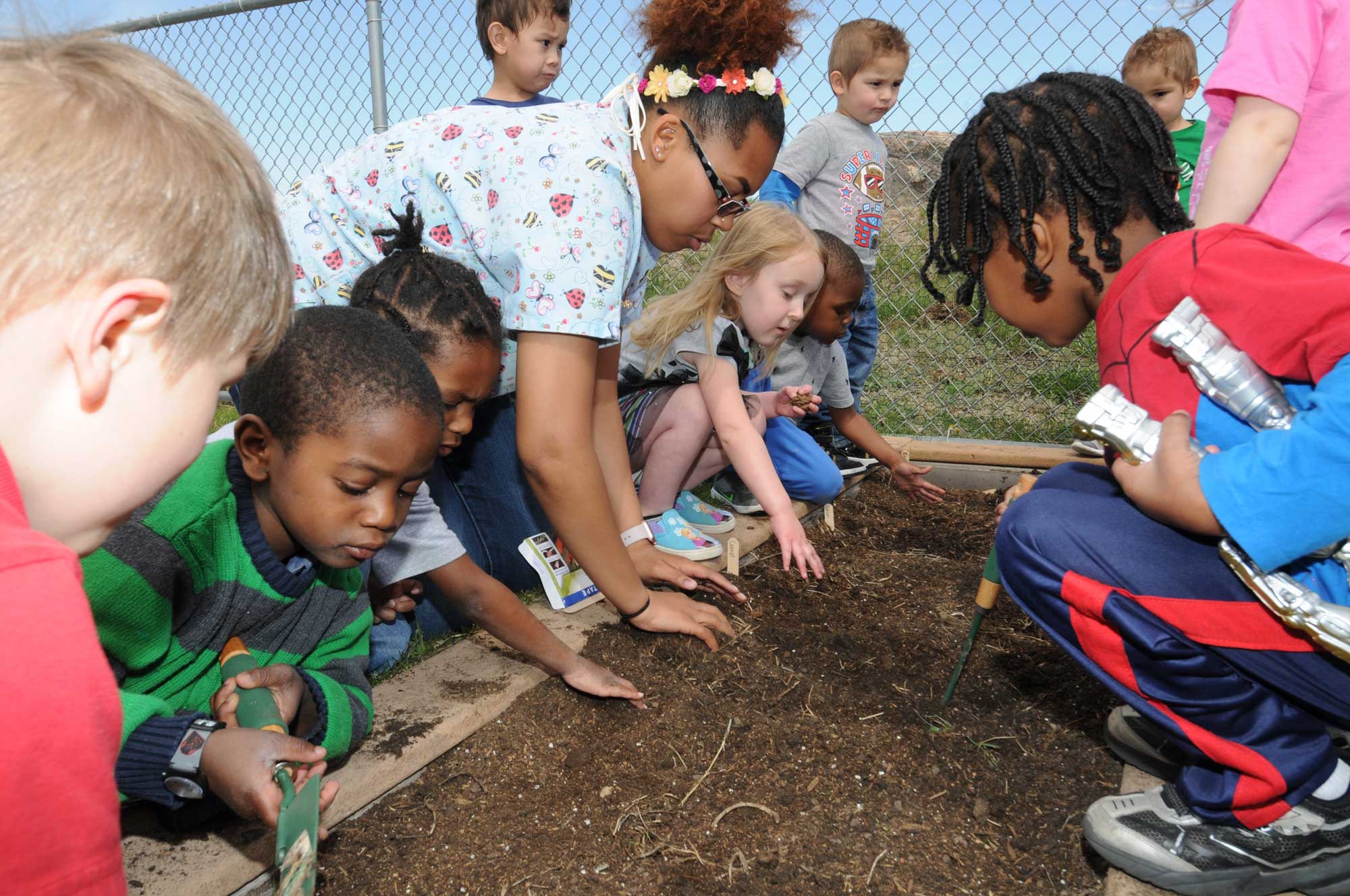
Stupendous Soils
Lesson for youth to discover the characteristics of different soil types and how to make compost.
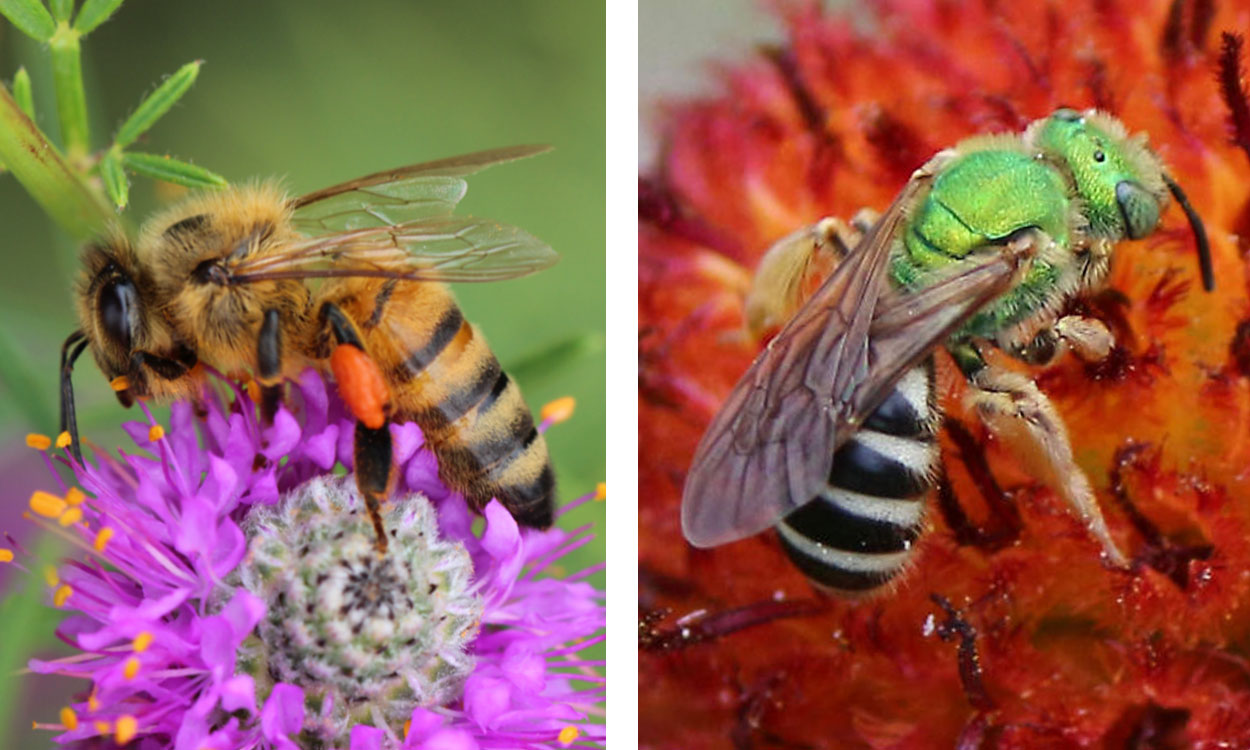
Beneficial Pollinators: Honey Bees and Bicolored Striped-Sweat Bee
With temperatures increasing in South Dakota, expect to see an increase of beneficial pollinators searching for blooming plants. Learn about two important pollinators, the honey bee and the native bicolored striped-sweat bee.
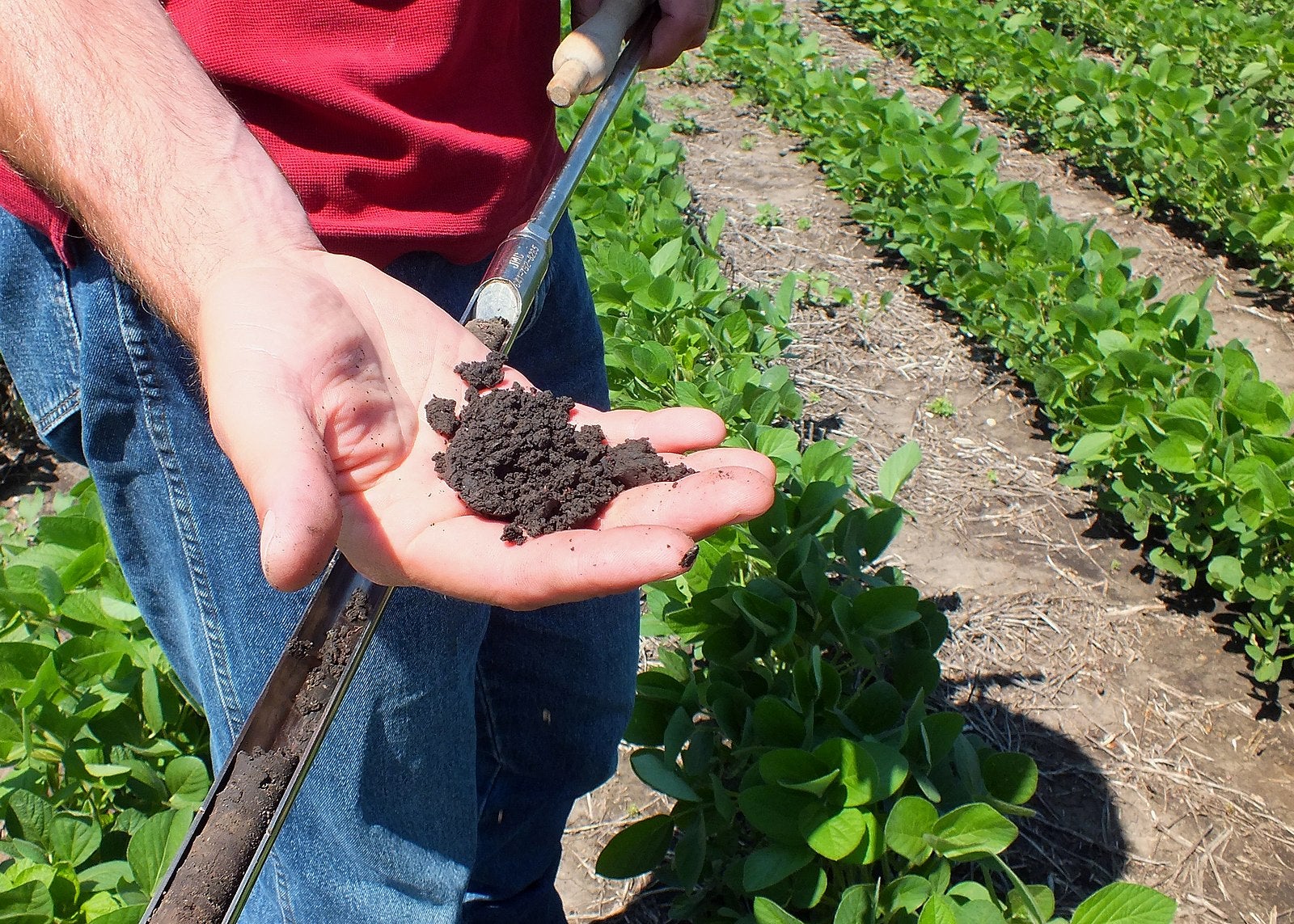
Soil Testing Labs
This page contains a list of nearby state or private laboratories that can be used for crop production fields, gardens and lawns.

Fruit Variety Recommendations for South Dakota
Fruit variety recommendations for home fruit growers in South Dakota

Family Food Cent$ newsletters
The Family Food Cent$ Newsletter is published by the SDSU Extension Expanded Food & Nutrition Education Program (EFNEP) and Supplemental Nutrition Assistance Program Education (SNAP-Ed) through a partnership with the South Dakota Department of Social Services.

Tree Pest Alert
From seasonal issues and timely recommendations to disease diagnosis and expert advice, the Tree Pest Alert is a trusted resource for selecting, planting and caring for trees and shrubs all year round.

SDSU Extension Master Gardener Program Volunteer Policy Guide
This guide offers current and prospective SDSU Extension Master Gardeners information on: applying for the program, maintaining certification, categorizing and reporting service hours, understanding the various levels of volunteer service and much more!

Generalist Host Plants in South Dakota
Many butterflies and moths are generalists, meaning that their larva can use a variety of host plants as food. Learn about some of the best host plants you can grow in your yard to support butterflies, moths, and everything that relies on them!
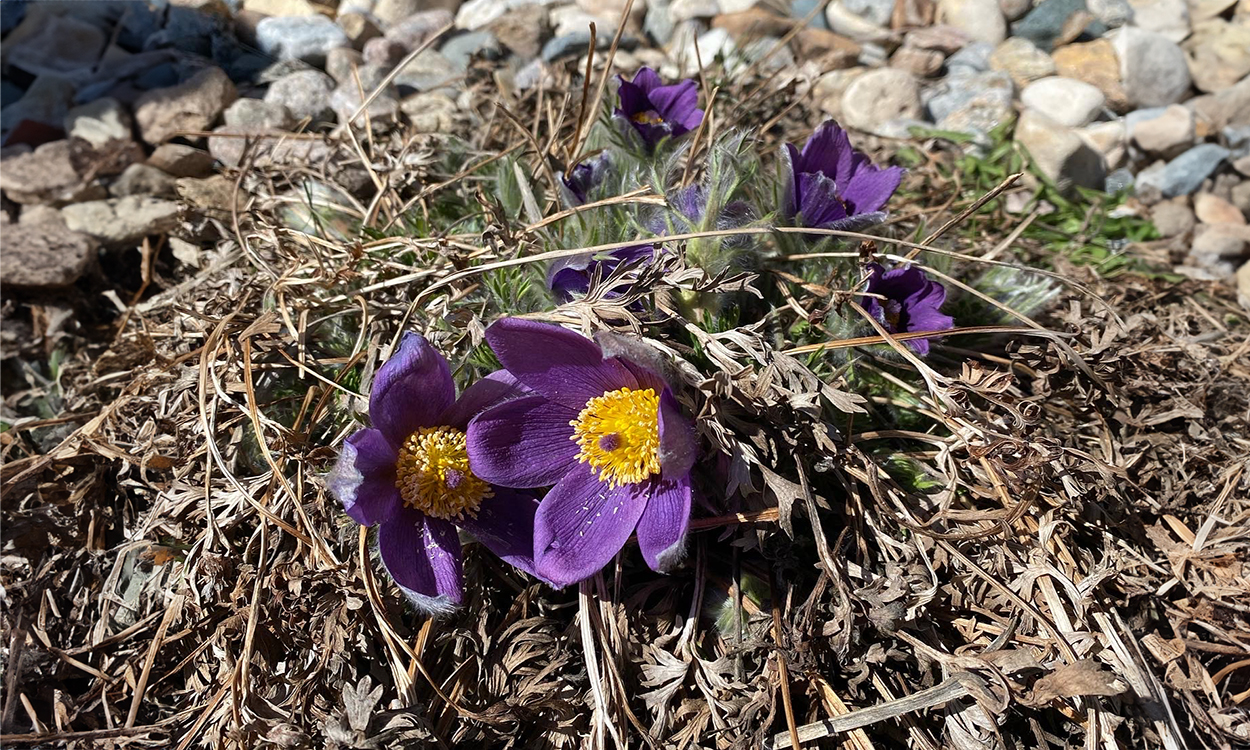
Landscaping Best Practices for Pollinators and Beyond
Our yards are all part of a greater ecosystem. By incorporating some best practices into your landscaping routine, your yard can develop healthier soil, support more pollinators, and reduce the need for pest control.
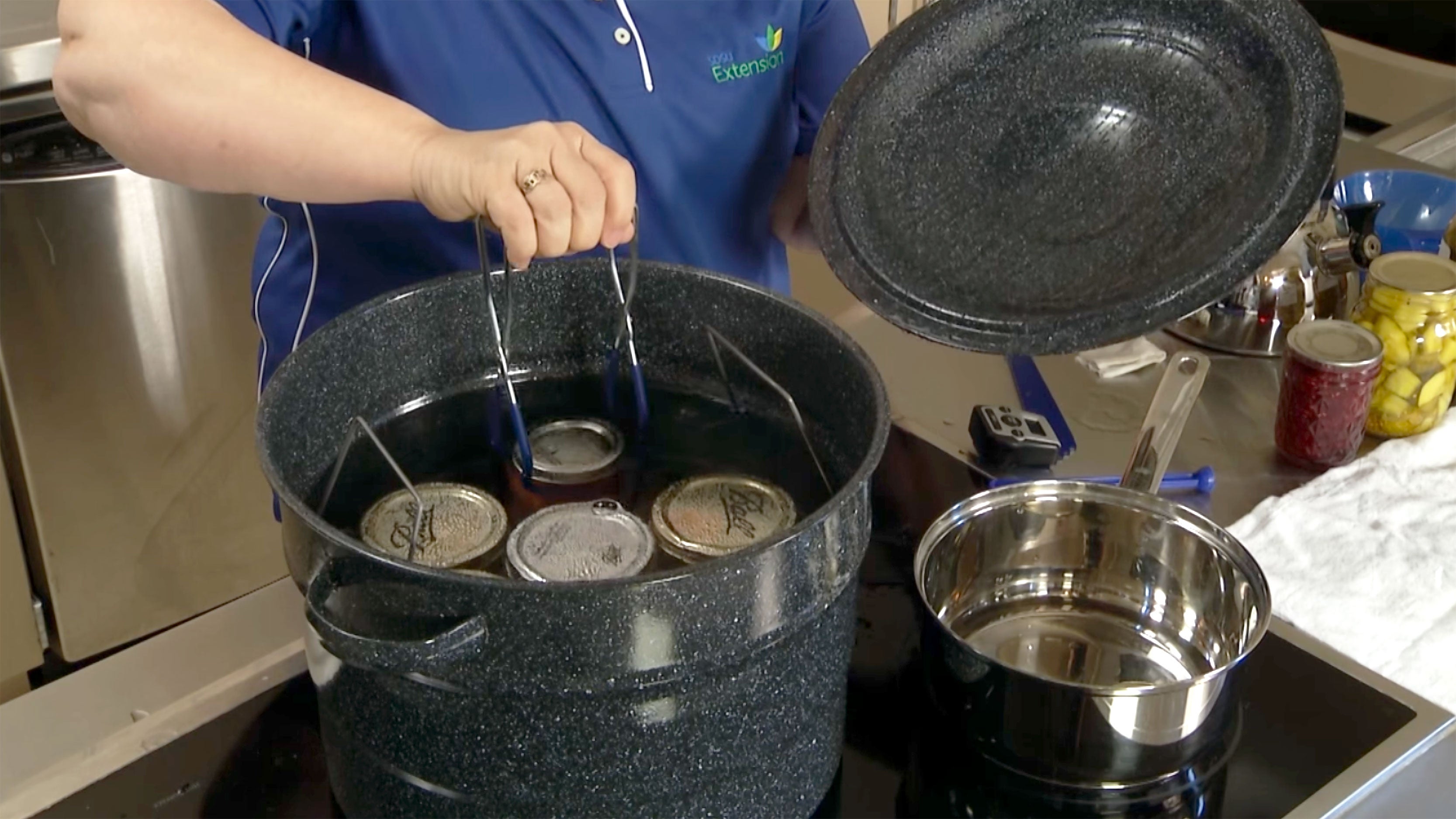
A Guide To Water Bath Canning
Water bath canners have fitted lids and removable wire racks. While they come in many sizes, the canner must be deep enough to allow a minimum of 1-2 inches of briskly boiling water that covers the top of jars during processing.